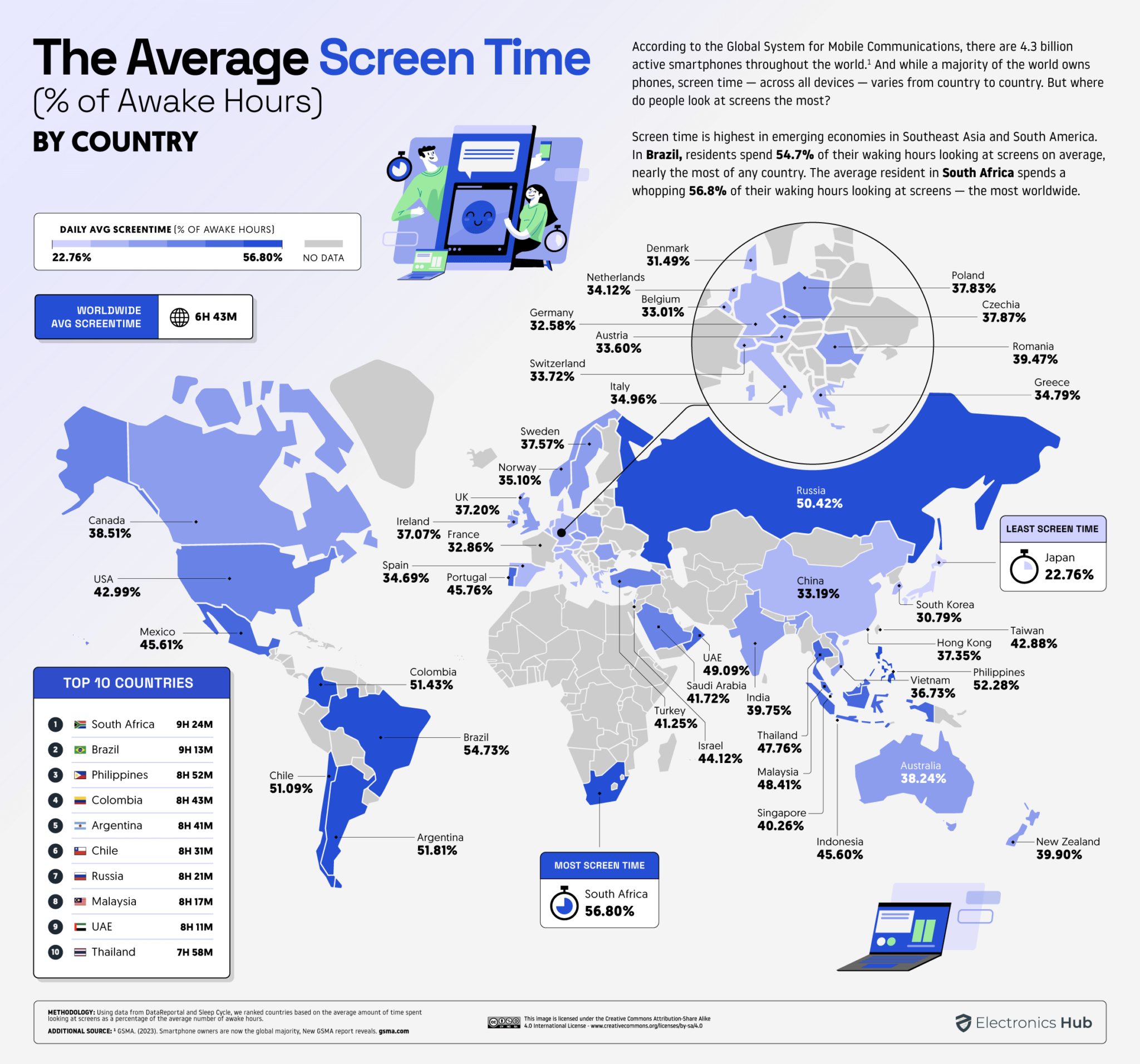In today’s digital era, e-commerce platforms offer an unparalleled array of choices, accessible at our fingertips through mobile devices. However, this abundance of options, coupled with the omnipresence of screens, raises concerns about the quality of our decision-making and overall satisfaction. Barry Schwartz’s insights in “The Paradox of Choice: Why More Is Less” shed light on these modern dilemmas.
Schwartz’s work underscores the psychological toll of excessive choice, highlighting how it can lead to decision paralysis and diminished satisfaction. In the realm of e-commerce, the endless scrolling through products and comparison-shopping can overwhelm consumers, hindering their ability to make confident decisions.
Moreover, the proliferation of mobile devices has facilitated constant connectivity, blurring the boundaries between work, leisure, and shopping. While mobile e-commerce offers unparalleled convenience, it also contributes to increased screen time, raising concerns about digital overload and its impact on mental well-being.

In response to these challenges, there is a growing recognition of the importance of quality over quantity in consumer experiences. Rather than being inundated with an endless array of choices, consumers are increasingly seeking curated selections and personalised recommendations that align with their preferences and values.
Additionally, there is a growing emphasis on mindful consumption and digital well-being. Just as Schwartz advocates for simplifying choices to alleviate decision paralysis, there is a movement towards minimising screen time and cultivating a healthier relationship with technology.
E-commerce platforms and mobile app developers are recognising these trends and implementing features aimed at enhancing user experience while mitigating the negative effects of choice overload and excessive screen time. From streamlined interfaces to curated product collections, these efforts aim to strike a balance between providing choice and fostering satisfaction.
As consumers, it is essential to be mindful of our online habits and screen time, recognising the impact they can have on our overall well-being. By embracing the principles of quality over quantity and being intentional in our digital interactions, we can navigate the complexities of e-commerce and mobile technology while prioritising our mental health and satisfaction.
Category: Online Collectables
